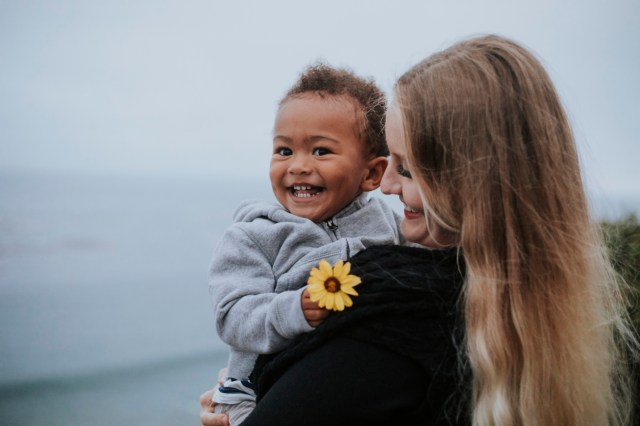You’ve seen them marvel at a simple rock and squeal with delight over a dandelion, so the idea that children have a strong connection to nature is no news to parents. Having a family discussion about the human impact on the environment can be a powerful way for children to take the next step in understanding the importance of protecting Earth—especially when we arm them with solutions. Here’s why caring about the Earth matters for your kids and you.
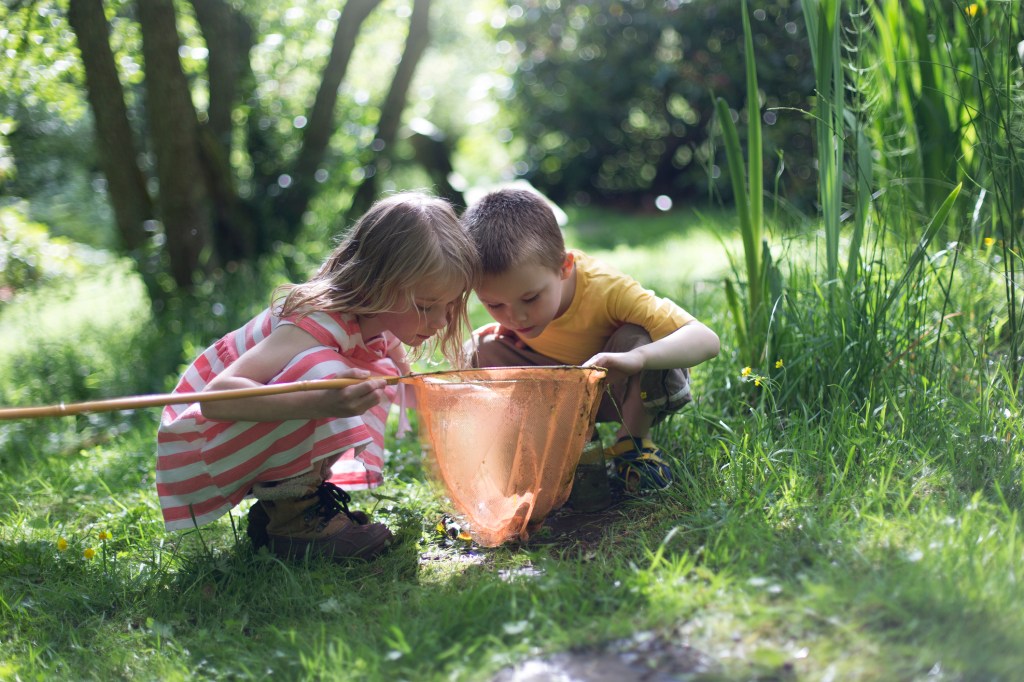
Mental & Physical Health Benefits
One of the most tangible arguments for becoming stewards of Earth is the positive impact that nature has on our mental and physical well-being. Many children do not get enough time outdoors, which can make it challenging to draw the more obvious parallels between a healthy planet and healthy people. Jennifer Walsh, a nature connector for people and businesses, describes this as a “nature-deficit disorder.”
With distance learning and parents trying to juggle work and life at home during a pandemic, outdoor play can take a backseat, especially if you don’t have a backyard of your own. As Walsh explains, “Unfortunately because of COVID, studies have shown that young children have spent less time outside, and this disconnection, or nature deficit disorder, is showing that children’s white matter in their brains is not developing properly. This causes delays in learning and even the ability to concentrate.”
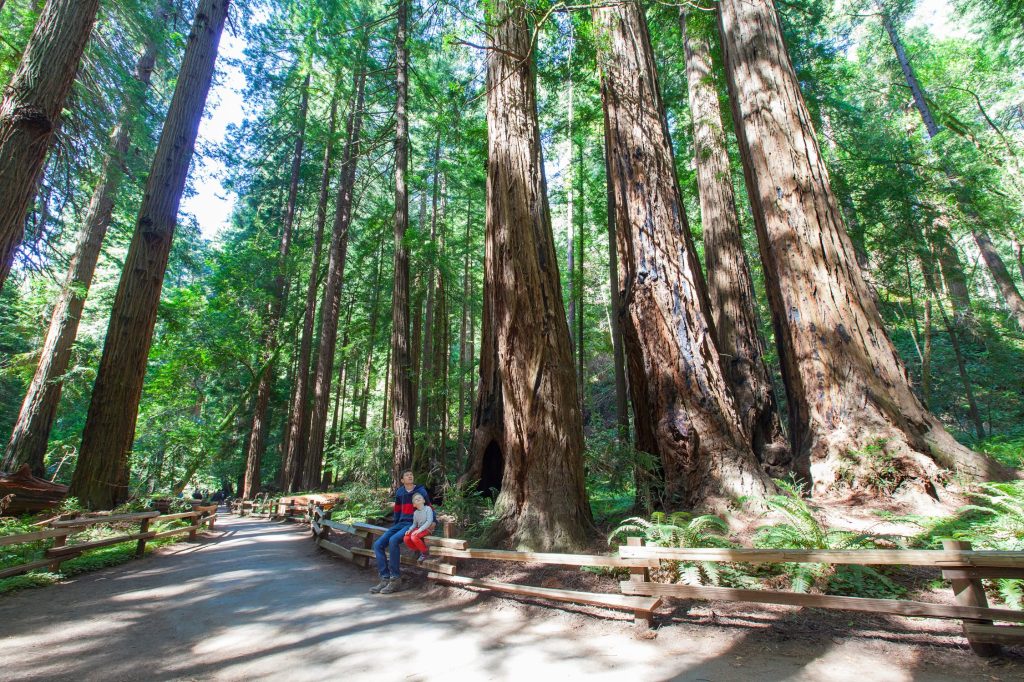
Research has been ongoing for years on the positive effects of nature education for children, with terms like forest bathing becoming part of our everyday vernacular. But what does that mean, exactly?
Spending time outside increases mental clarity and eases anxiety—but it’s not just the fresh air. Walsh describes phytoncides, a chemical released by certain trees, especially conifers like pines and cedars, “It’s an invisible aerosol that the trees emit that helps protect them from bacteria. When we are amongst these trees and inhale those aerosols, it releases something within us called our natural killer cells, which in turn help us ward off disease and illness. This has been studied since the early ’80s.”
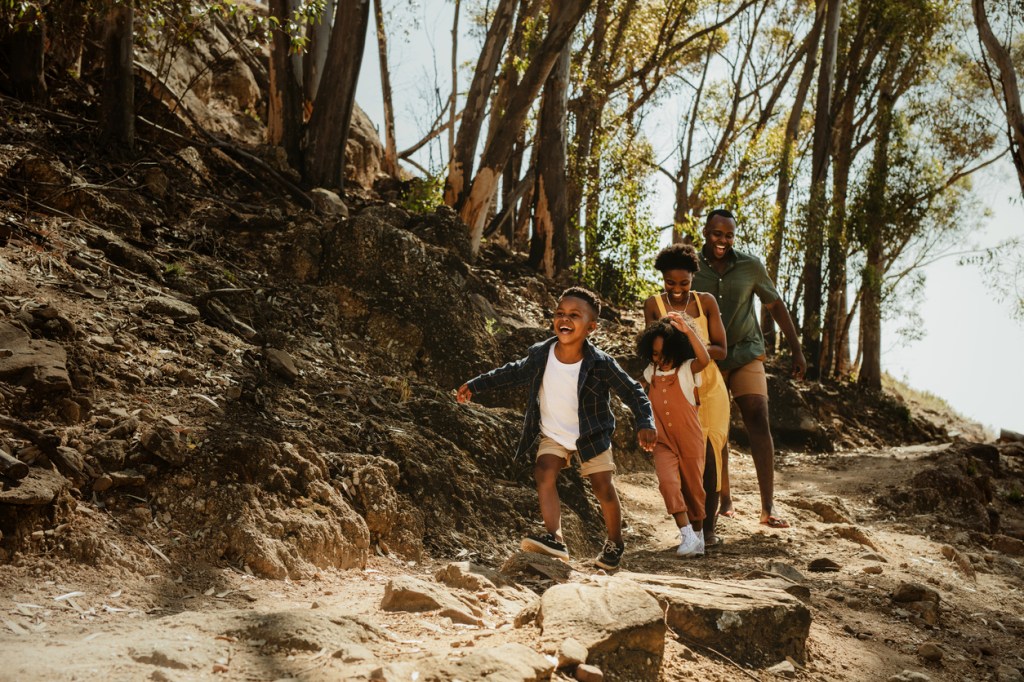
An extensive study conducted by a team of research professionals from the Nippon Medical School in Tokyo, Japan found that exposure to the phytoncides over seven days increased anti-cancer proteins in their test subjects and that the increased level of those natural killer cells and proteins lasted for seven days after exposure. That means a walk in the woods has lasting benefits beyond the immediate.
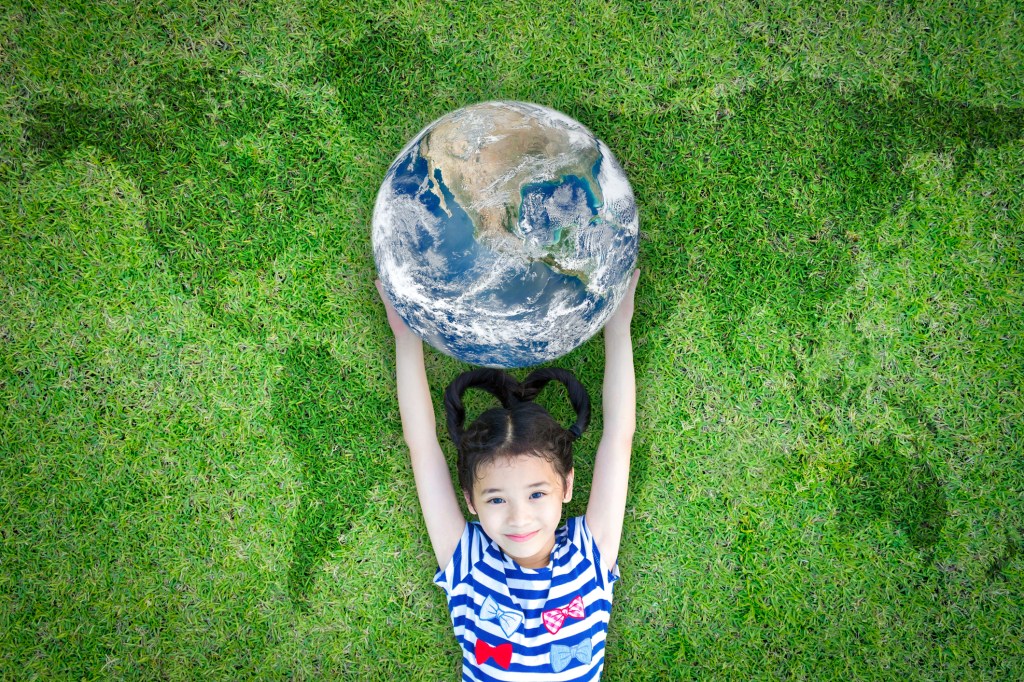
That’s great news because even if you live in a more urban environment, a nature walk once a week can have big benefits. Taking the kids for a walk in the woods, a park, or a nature preserve is great exercise and good for everyone’s brains. While you are in a beautiful place, take the time to discuss the importance of such places and why we should protect them. Bring along an extra plastic bag to clean up litter, never leave your trash behind, and take lots of time to observe the animals and plants around you. And, of course, take some deep breaths while you are there.
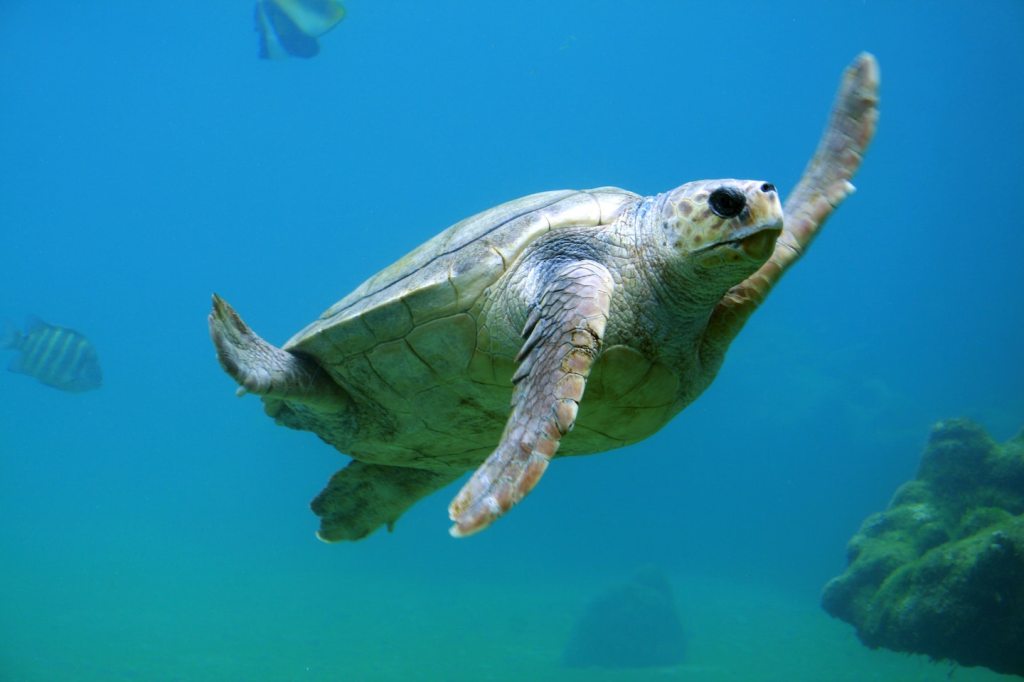
Consequences of Actions aka The Life Cycle of a Plastic Bag
Children love animals—real ones, stuffed toy ones, storybook characters, cartoon animals. Making the connection that something like a plastic bag can threaten animal health is a powerful way for children to understand the long-term repercussions of human actions.
For example, a plastic bag that ends up in the ocean can be mistaken for a jellyfish by a sea turtle. Sea turtles love to eat jellyfish, and so they eat plastic bags which wreaks havoc on their digestive systems. According to The Turtle Hospital, a sea turtle rescue and rehabilitation center in the Florida Keys, “Turtles are opportunistic feeders, meaning they will eat just about anything.” This includes plastic bags, plastic gloves, fishing lines and other errant trash.
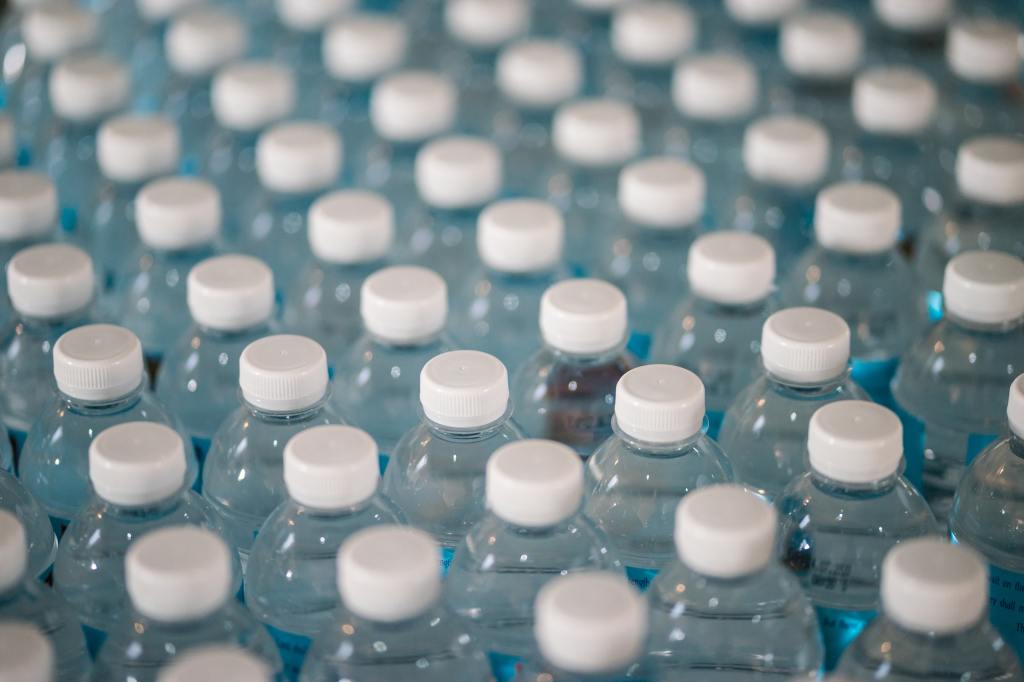
We can all help sea turtles—and other sea life—with simple, everyday action that involves recycling, reducing and reusing. This is as easy as using cloth bags, buying products with less packaging, shopping local, especially from local farms. The big one? Get a reusable water bottle. “A plastic water bottle is used for five minutes and is around for 500 years,” the Turtle Hospital writes. “A recent study found that on average our oceans are littered with 47,000 pieces of plastic per square mile!”
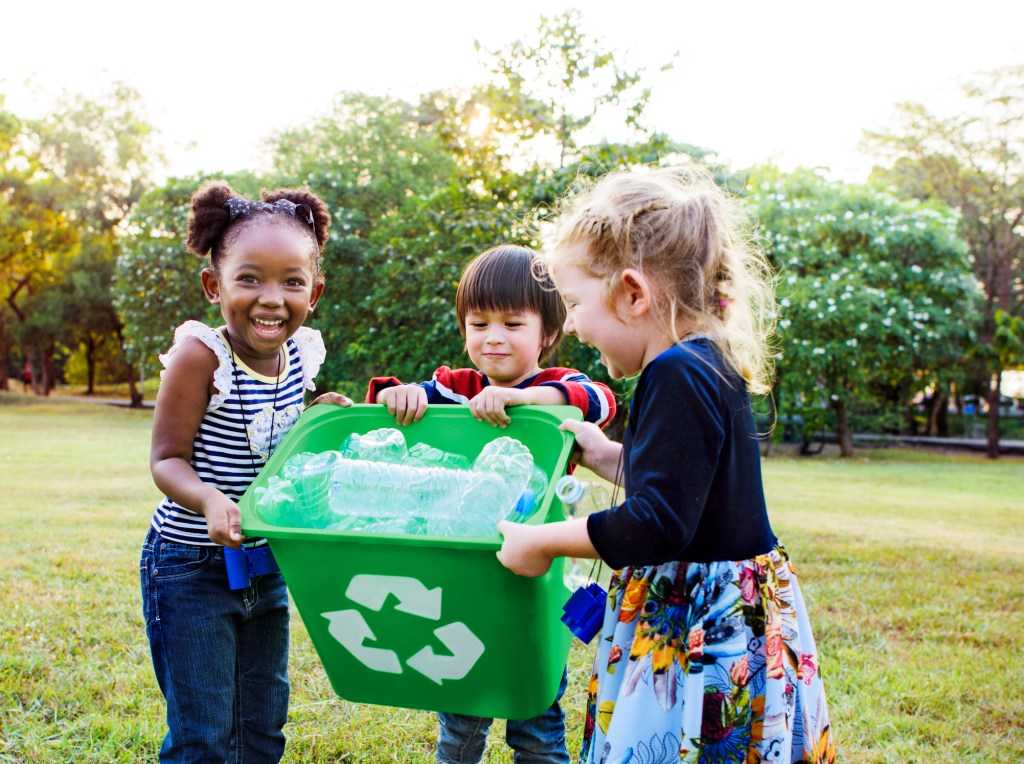
Be mindful of scaring your children or causing increased anxiety by offering straightforward solutions to the problem that they can be part of: We don’t use plastic bags because they can be eaten by sea turtles; we bring reusable bags to the store; can you be in charge of remembering the bags today?
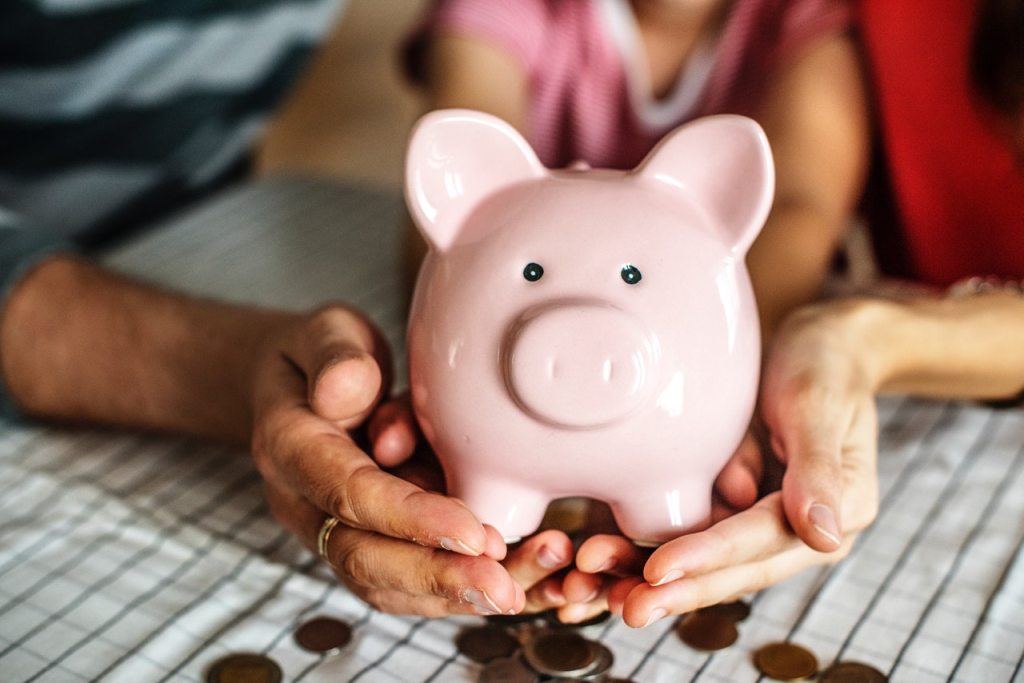
The Reality of Cold Hard Cash
While it may not be the most altruistic of reasons to recycle, reduce and reuse, understanding the concept of “waste not, want not” is a pretty quick one for any kid to grasp. If a box of Ziploc bags costs $5, and you rinse and reuse them instead of needing to buy a new box (or better yet, use a more Earth-friendly option like these) you just saved $5. In a month that’s $20, which is a small fortune to a child.
The Turtle Hospital reminds us that being a responsible consumer is key. “Know where your seafood was obtained and how it was caught.” Because unethical fishing and overharvesting can decimate protected species, not to mention add to the pollution in the ocean, be sure your seafood was caught sustainably. You can check out seafoodwatch.org to learn more.

Making the connection that how we spend money impacts the environment is a critical stage to understanding why conscious consumerism matters. Factories have to produce more products, causing more by-products and waste; vehicles have to ship these products, which uses fuel and contributes pollution to the environment. These concepts are easy to explain and even easier to put into action when you do simple things like considering the source of your food and packaging.
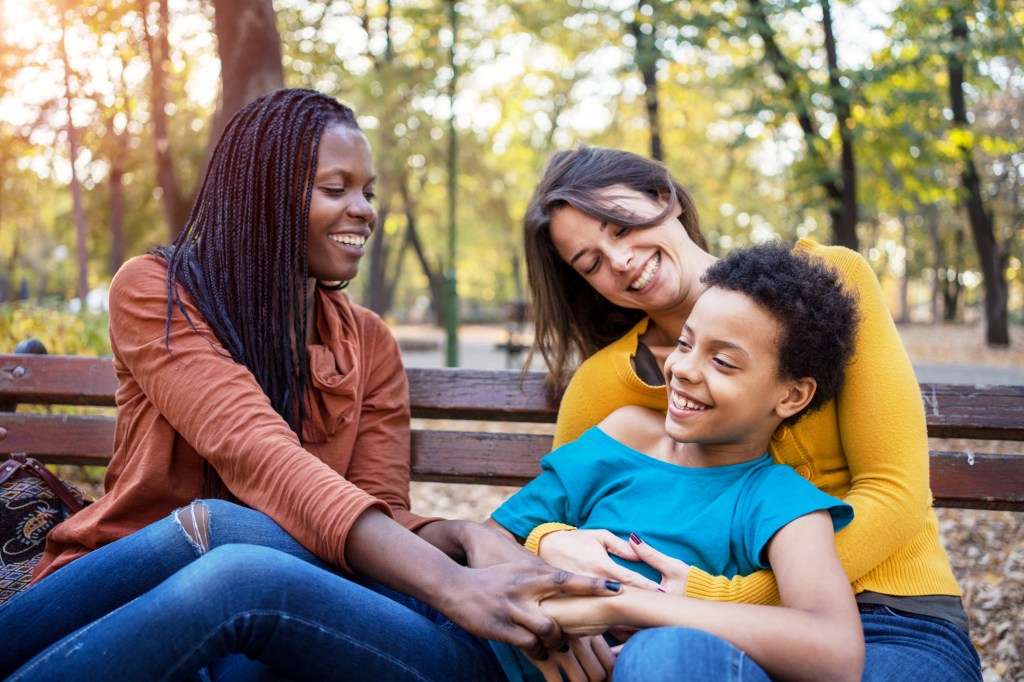
photo: iStock
Be the Change
Remember, as Reena B. Patel, a well-known parenting expert, positive psychologist, and Licensed Educational Board Certified Behavior Analyst, puts it, “Children are also born with an altruistic approach. This helping behavior seems to be innate because it appears so early and before many parents start teaching children the rules of polite behavior. Young children are concrete learners and model what they see. Clean up toys and cleaning up trash from the ground is a concrete and generalized behavior. To them, it is the same thing. “
Raising a child that is Earth-friendly, aware of the importance of the natural environment and able to make changes every day with their decisions is one of the most powerful tools parents have today in the face of climate change. But, just like brushing your teeth or trying not to cuss at your neighbors, it’s behavior that we need to model first. So put those cloth bags right by your door, ditch the plastic water bottles, and stop throwing away the old to-go containers you were too lazy to rinse, parents. We know you can do it!
—Amber Guetebier
featured image: iStock
RELATED STORIES
21 Leak-Proof Reusable Water Bottles for Kids
18 Reuseable Snack Bags That Never Go Out of Style
28 Totally Doable Ways to Reduce Plastic Waste
Why Celebrating Earth Day Is Such a Special Opportunity for Kids
